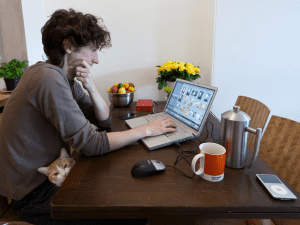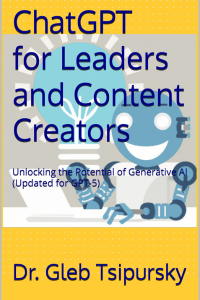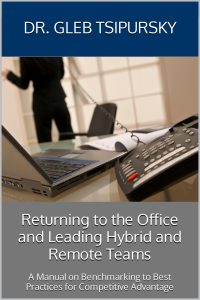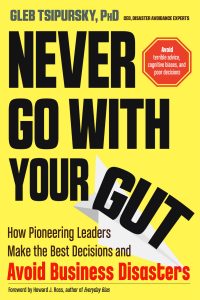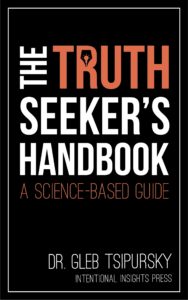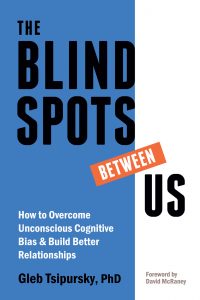Embracing 3D technology and hybrid work models can revolutionize remote work, enabling collaboration, innovation, and a sense of community
Remote work is becoming the new norm, with the right tools and processes in place, enabling productivity, work-life balance, and business continuity
The future of work involves employees choosing when and where to work, prioritizing collaboration and connection, and embracing sustainable growth
Offboarding remote employees requires careful planning, support, and transition management to protect company reputation and retain trust.
Adapting mentorship approaches in the hybrid work era is crucial to ensure junior employees thrive, with clear communication and support systems in place
Meeting equity is crucial for successful hybrid meetings, ensuring all participants have equal opportunities to contribute and be heard, fostering inclusivity and maximizing collective wisdom
Manager perceptions of hybrid work procrastination come from coordination problems. It’s the manager’s responsibility to fix them by learning the skills of managing an increasingly-hybrid workforce.
Trust, social capital, and intentional norms are key for effective hybrid work. The physical workspace and technology also play important roles
Hybrid work and outsourcing are the future of B2B marketing, providing flexibility, efficiency, and global collaboration for success
Hybrid work is on the rise, with over 70% of US employers embracing it. It offers benefits for both employers and employees, but requires effective communication, monitoring, and adaptation to thrive
Embrace flexible work and work-life balance. Expecting everyone to mirror your habits is impractical and hinders well-being and success.
Remote workers are 9% more productive than office workers and willing to accept lower wages for the flexibility. To ensure remote work productivity, businesses should provide the necessary tools, training, and communication channels.
Heads of flexible work are crucial for navigating the benefits and challenges of hybrid and remote work models, shaping the future of work and organizational success.
The Apple Vision Pro headset revolutionizes hybrid and remote work, enhancing connectivity, collaboration, and communication in a virtual environment
Mastering hybrid work requires prioritizing employee engagement, understanding diverse work types, addressing generational shifts, and embracing opportunities for satisfaction and productivity
Flexibility, learning, and productivity are essential for successful hybrid and remote work. Remote work offers focus but can bring distractions, mitigated through tools. Remote jobs enhance diversity. Companies must adapt to maximize competitiveness in the future.
Remote work is a proven model for successful business operations, offering cost savings and flexibility.
Intentionality, trust, autonomy, connection, and accountability represent the five keys to turning a traditional office-centric manager into an effective hybrid manager.
Hybrid and remote work offer benefits like DEIA advancement and flexibility, but challenges like bias and communication gaps need attention for success.
Embrace a culture of listening, empower flexibility, and foster continuous improvement for greater productivity and adaptability in the future of work
Heads of Flexible Work play a vital role in helping companies excel in the new era of hybrid and remote work, balancing its benefits and challenges while fostering a supportive and productive environment.
Embracing remote work as the future for software developer teams offers access to a global talent pool, enhances communication and collaboration, and requires addressing challenges for thriving in a distributed environment.
Hybrid work is reshaping the future of work, offering flexibility, productivity gains, and work-life balance advantages, but companies must address communication, culture, and employee well-being challenges to thrive in this evolving landscape
To succeed in hybrid and remote work, prioritize information accessibility, company culture, collaboration tools, continuous learning, and performance metrics
Adaptation to hybrid work and prioritizing employee wellness are crucial in the post-pandemic workplace.
Protect yourself from decision disasters by getting our free Wise Decision Maker Course, which includes 8 weekly video-based modules. As a bonus, you'll receive a free copy of our Assessment on Dangerous Judgment Errors in the Workplace when you sign up.








